- Power battery companies have expanded production, all revealing their optimism about the battery market

Driven by the downstream new energy vehicle and energy storage market, the demand for lithium batteries has grown rapidly, and the net profit of many upstream companies in the lithium battery industry chain has risen significantly. In order to cope with the rapidly expanding market demand, lithium battery companies have "stakes" to prepare for the TWh era, investing huge amounts of money in lithium battery production projects.
According to incomplete statistics, in the first quarter of 2022 alone, lithium battery companies have successively announced a number of new construction projects. The overall investment and construction funds reached 209.103 billion yuan, and the annual construction capacity reached 579GWh, which was further accelerated compared with the same period last year.

Demand is the underlying logic that drives market development
According to the data, the global sales of new energy vehicles will reach 6.7 million in 2021, a substantial increase of 102.4% year-on-year. The agency predicts that the global sales of new energy vehicles will reach 9.42 million in 22 years, and the installed capacity of power batteries will reach 480GWh. .
In addition to new energy vehicles, consumption, energy storage, power tools, two-wheelers and other fields will also drive the demand for lithium batteries.
In the field of energy storage, the cumulative installed capacity of global energy storage by the end of 2020 is 17GW/34GWh. According to Bloomberg New Energy Finance, the cumulative installed capacity of global energy storage will reach 358GW/1,028GWh in 2030, which is more than 20 times that at the end of 2020. In the future, as the technology gradually matures, the energy storage market will also become the other pole driving the consumption of lithium batteries.
In terms of consumption of lithium batteries, from the perspective of global lithium battery production, power lithium batteries occupy the main output share, reaching 70.8%, followed by consumer lithium batteries, with a market share of 22.2% in lithium battery production, and my country is the largest consumer of lithium batteries. One of the ion battery markets, in 2023, it is expected that my country's consumer lithium-ion battery shipments are expected to increase to about 50GWh in 2023, and the demand growth rate is expected to remain at 5%-10%.

The strong will remain strong, and the global market differentiation will further intensify
From the perspective of production capacity planning, the production capacity planning of head companies is much higher than that of tail companies. According to the company's previously announced plans, Honeycomb Energy has previously raised the global production capacity planning target to 600GWh in 2025. China Innovation Aviation announced that it plans to have a production capacity of 500GWh by 2025. Guoxuan Hi-Tech's production capacity in 2025 is planned to be 300GWh. 200GWh of production capacity will be built, and BYD's 2025 production capacity plan will exceed 600GWh.
At the same time, the trend of further concentration of industry resources to leading enterprises is obvious. The four leading companies, CATL, LG New Energy, Panasonic and BYD, have a market share of 73.8%, firmly occupying the market initiative, which also enables them to have a greater say in product pricing and raw material supply. The next step is to lay the foundation for capacity expansion.
In terms of the development of industrial regions, in the global installed capacity TOP10 list, Chinese battery companies occupy 6 seats, and Japanese and Korean companies share the remaining four seats. At the same time, the lithium battery material industries in China, Japan and South Korea are also relatively complete. Relevant enterprises have been accelerating their deployment in the European and American markets, so as to better support overseas enterprises and seize market share, which has also caused pressure on the rise of local enterprises in Europe and the United States to a certain extent. As a result, the global lithium battery market share is further concentrated in Asian companies, and the Matthew effect in the lithium battery industry is becoming more and more obvious.
But everyone goes hand in hand, often ignoring the impact of excess capacity on the upstream and downstream of the industrial chain, and when there is a large excess of power battery capacity, it may lead to a reshuffle in the industry.
Industry agencies warned that the current battery field must first optimize the production capacity structure. In the long run, blind expansion of production is not conducive to the development of the industry. Editor/Sang Xiaomei
Comment
 Praise
Praise
 Collect
Collect
 Comment
Comment
 Search
Search


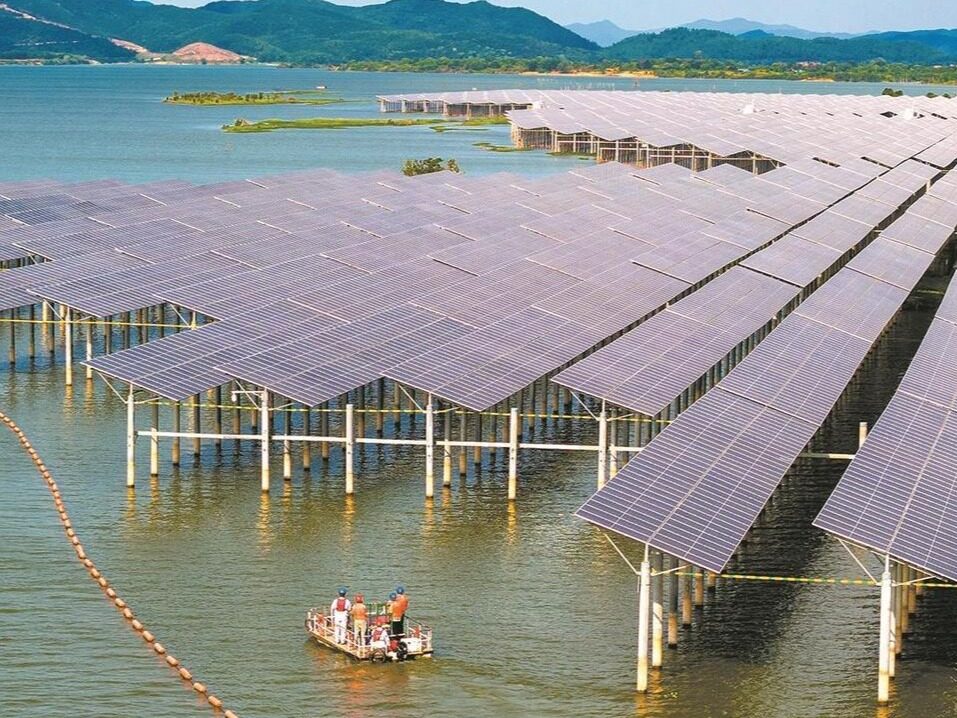
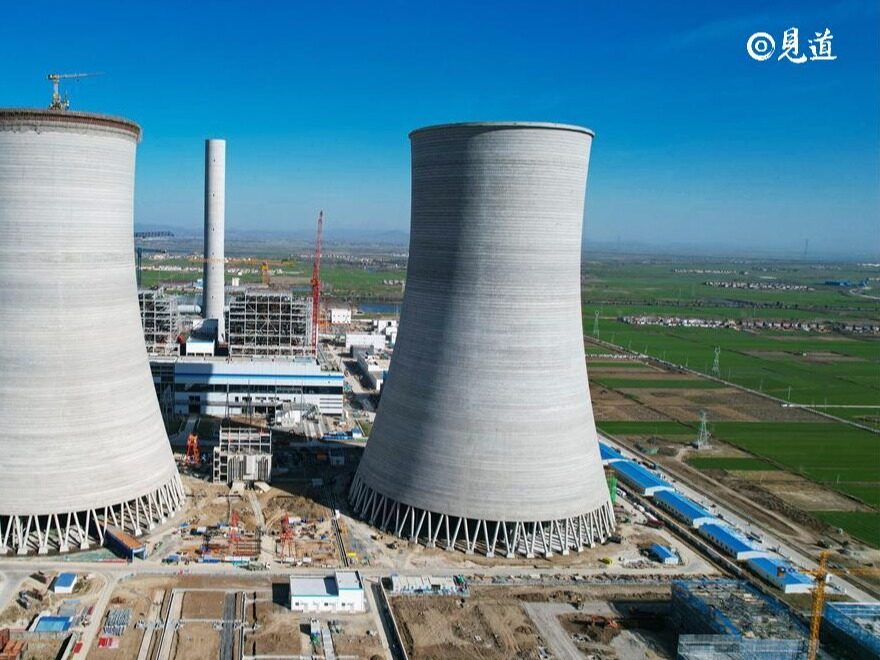
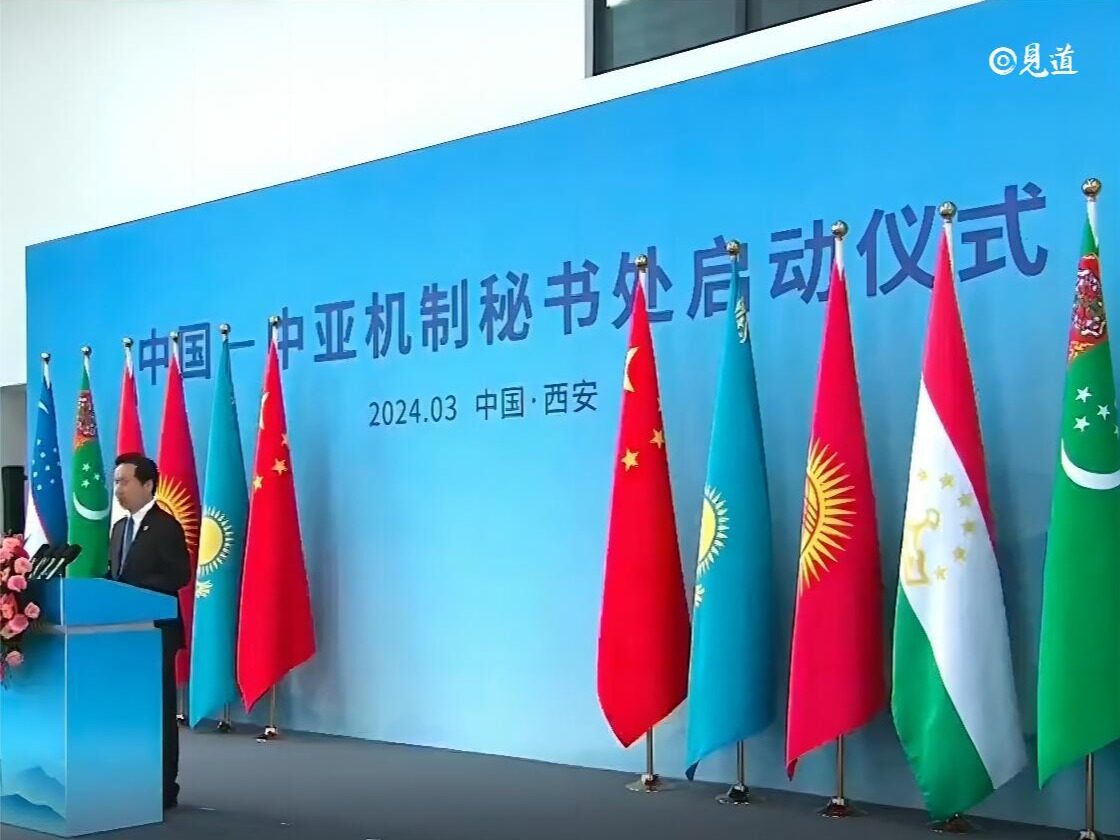
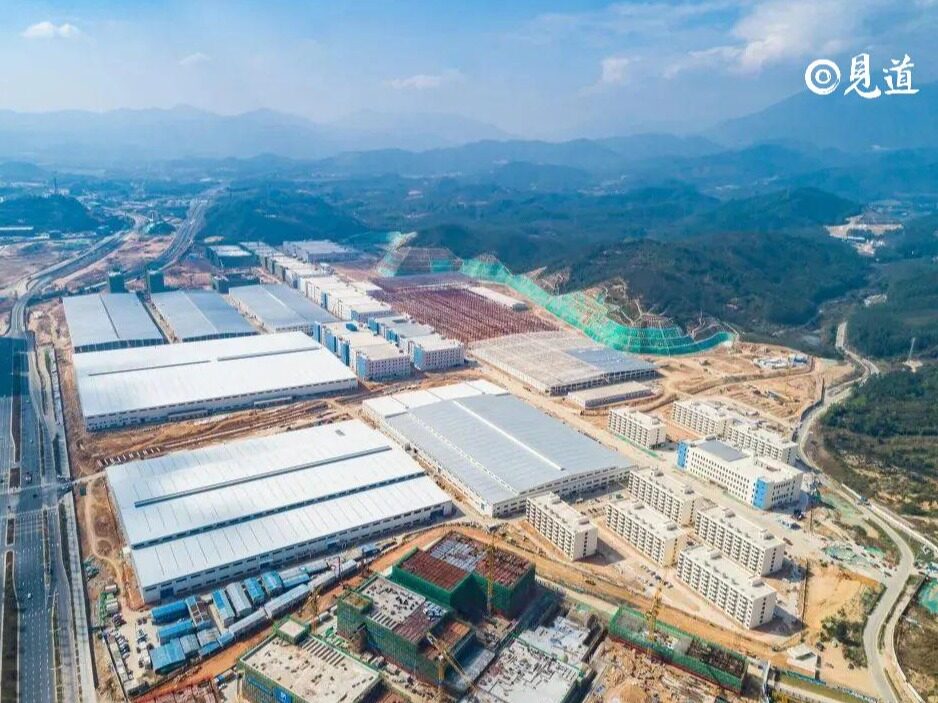

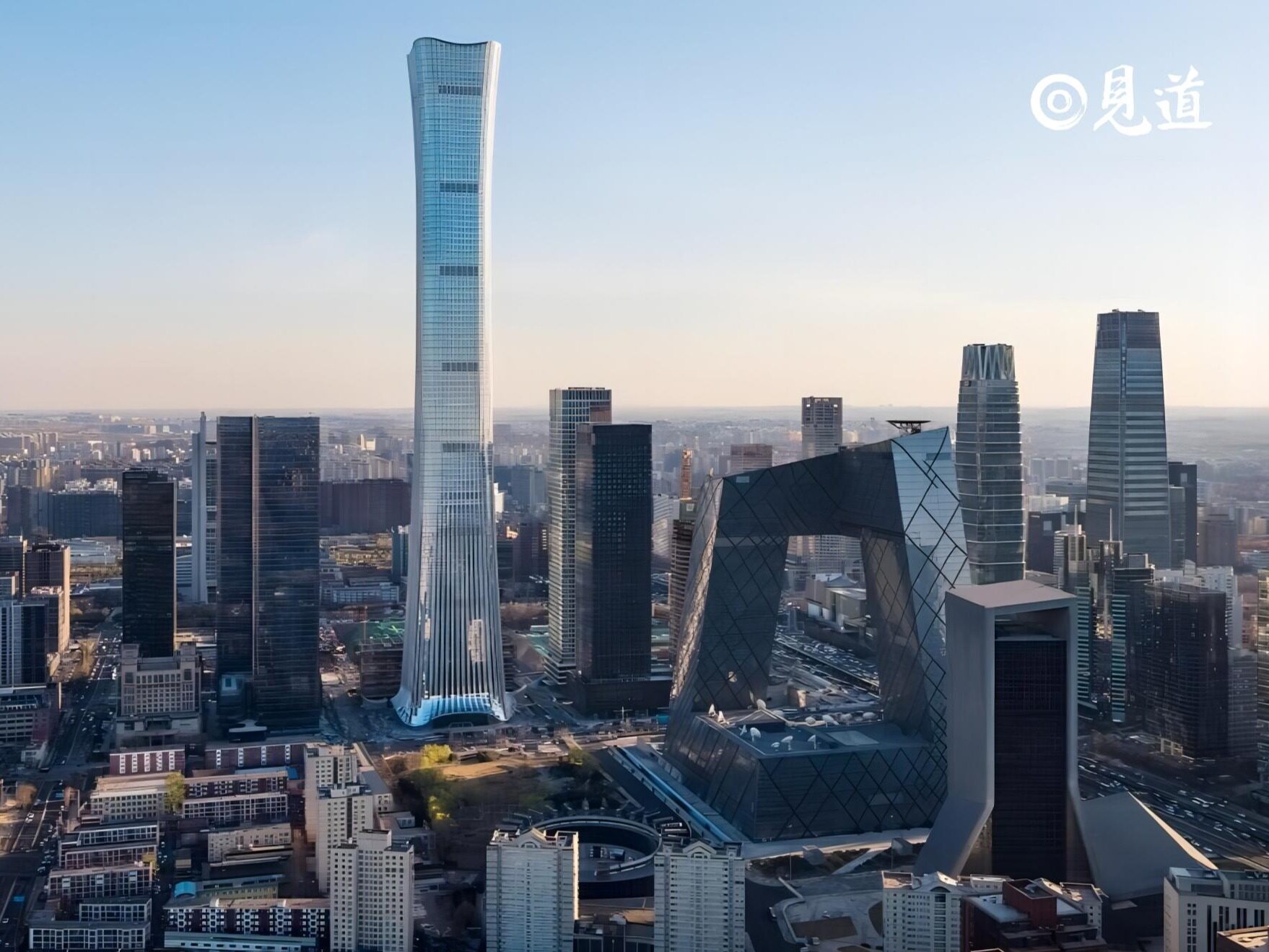






Write something~